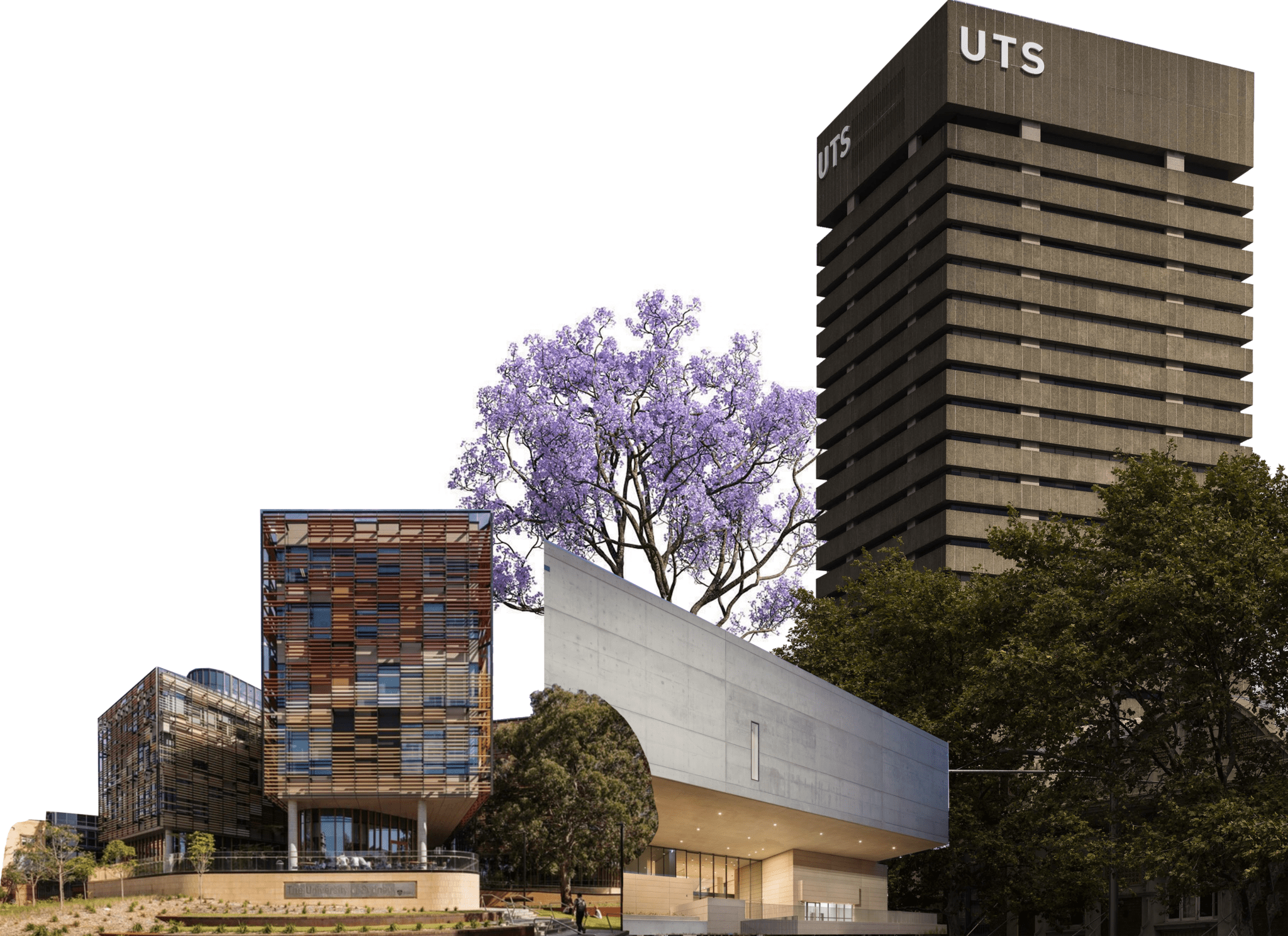On 12 February, Optus and Cisco published a report titled ‘The Tipping Point for Digitisation of Education Campuses,’ detailing the Australian tertiary sector’s vision for post-COVID-19 tertiary education. Although its proposals are certainly bold, they also reveal a sector gripped in austerity.
Amongst the report’s signature findings is a consensus between Vice-Chancellors that “digital spending will increase by 11 per cent, and 46 per cent of institutions will consider liquidating buildings to free up resources.”
Richard Leonard, Director of architecture firm Hayball, said in the report that “education is embodying Instagram – it’s about celebrating and creating social moments with peers. There will still be bricks and mortar, but it’s going to look very different.” Universities’ new normal is imagined as an ‘Instagram-worthy’ experience, where students navigate campus opportunities and life primarily through digital landscapes — from student-led activities, to campus facilities, to health and safety.
These plans towards the digital may seem innocuous given that some of its main goals include promoting work-integrated learning — where students work with industry as part of their studies — “health and wellbeing,” and efficiency. Yet a closer examination of the Optus Report reveals that it is grounded in cost reduction measures.
For instance, 94 per cent of surveyed universities wanted to move classes online permanently. “Students may come on site for an intensive two days a week and do the rest of their learning wherever suits them,” said Rob McGauran, Director of MGS Architects. It is revealing that the report quotes extensively from Curtin University executives, given Curtin’s plan to permanently replace traditional lectures with 10-15 minutes ‘CurtinTalk’ videos.
Perhaps the most alarming of Optus’ analysis is a prediction that to pursue post-COVID digitisation, universities should resort to ‘rationalising courses.’ This primarily means diverting resources away from small arts and humanities subjects, which don’t require practical components and thereby aren’t perceived as ‘job-ready’.
While the move to digital is sold to us as the future of education, the true goal is unambiguous. Universities want to ‘reduce operational costs’ and offset a $3 billion fall in international student revenue in 2020. Alongside course and staff redundancies, the austerity underlying Optus’ survey marks another step towards the hollowing of education, a vision for a more impersonal, gig economy university.
What’s even more laughable about the report is its mental health strategy. Key targets include smart lighting to make environments “more calming,” hygiene stations to “help people get outside more,” and most disturbingly, “networked surveillance and public incident detection” in order to improve COVID contact tracing and suicide prevention. Given well-documented evidence of collusion between university management and the police in repressing student protests, enhanced surveillance capabilities represents a dangerous development for student democracy and rights.
This strategy entirely misses the fundamentals of education such as staff to student ratios and student satisfaction. Of Australia’s 40 universities, only one – ANU – has a staff to student ratio below 20. As universities become more vocational and corporatised, no amount of technological tinkering will substantively address hyper-competitive loneliness at metropolitan campuses.
There does exist a case for post-COVID digitisation — it must be temporary and meaningfully include international students. As an international student myself, I wanted to see universities compelling all student-led societies, Australian businesses, and local authorities to host online meetings and offer leadership opportunities for offshore students whenever possible.
But other than a call for investing in access to remote live classes, Optus’ report includes barely any recommendations targeting offshore and onshore international students. In its 20 odd pages, the report’s only references to international students involve reporting its revenue loss and deducing that an ‘immersive Australian experience’ – jargon borrowed from tourism – was the most important demand of the group.
International students’ fees are not unconditional, and unless we stop these misguided caricatures, students will go elsewhere.
Vice Chancellors would be wise to take a leaf from Professor Ronald Barnett, who emphasised that democratic, self-critical institutions, rather than managerialism were crucial to producing self-sufficient graduates. Universities need to understand why face-to-face knowledge exchange worked so well for centuries.
Mutual exchange of knowledge in in-person lectures between academics and students facilitates a bond over knowledge that is hard to replicate over a screen. The traditional post-lecture camaraderie between students will also be lost.
Optus’ blueprint for digital austerity in higher education, thus, must be firmly rejected. By unions, staff, and most of all, students.





